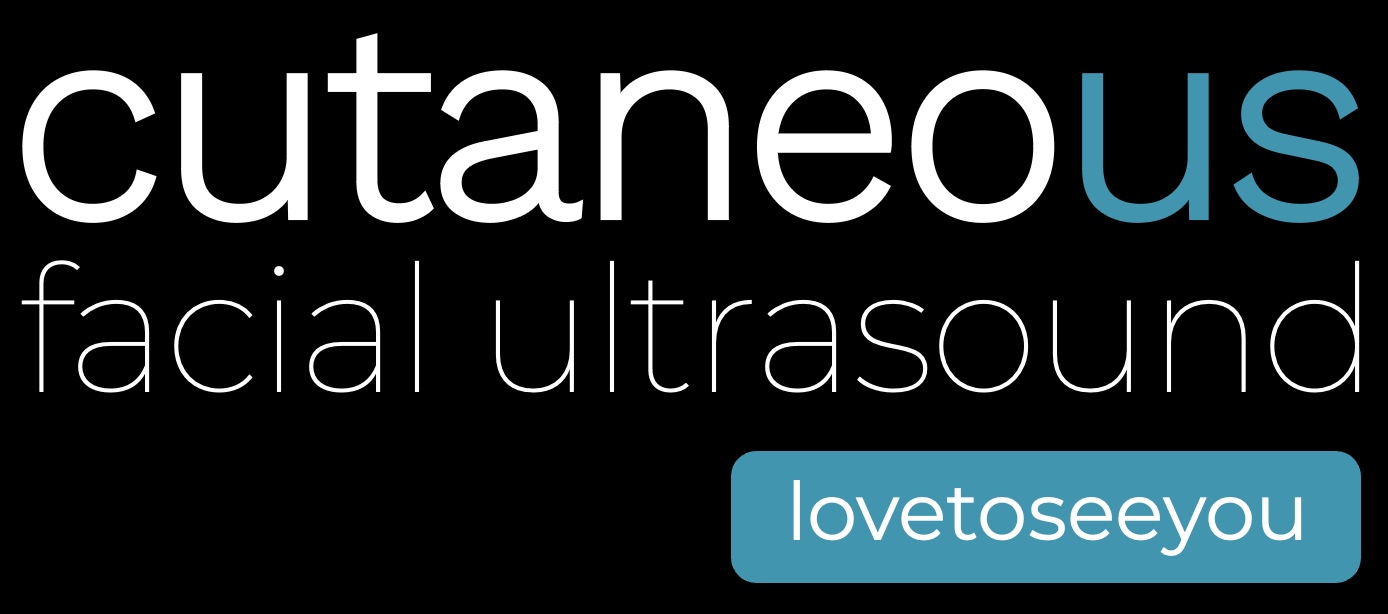FAQ
Please find below our frequently asked questions. For more questions, please contact us at info@cutaneous.org.
Before answering this question, I need to state that Cutaneous is not attached or sponsored by any company. Leonie Schelke and Peter Velthuis do however receive support from different companies in setting up courses in different countries. Philips and GE have provided machines for this.
The Cutaneous company owners have used V Scan Air (from GE), Clarius L15 and L20 and Philips Lumify. All have advantages and disadvantages. But, each of these machines meet the requirements for practicing facial ultrasound imaging in cosmetic medicine. However there must be several devices over the world that will suffice as well. Being in Australia, Peter Velthuis worked with a Chinese machine that was good. During conferences both Leonie Schelke and Peter Velthuis were handed machines that seemed to work very well.
In general you need a linear probe with at least 12 MHz transducer. Higher frequencies (up to 22-26 MHz are available) are preferable. But you need to understand that the quality of the image on your screen results from both the megahertz number, the software that comes with it and the attached laptop/tablet hardware.
It is strongly recommended to have a device available immediately after the course, either by owning one, burrowing one from a company, sharing one with another department in you clinic, or whatever works for you. The Cutaneous courses are hands-on and designed to give you all the skills you need to use facial ultrasound imaging in cosmetic practice. Yet, you need to train yourself in finding and recognizing tissue layers, vessels, previous injected fillers, etc. It would be a shame not to start directly after the course because you loose much of your competence gained.
